Echoes of Ancient Lands
Old Goa India
Mother Masala Tours
Gateway to Portugal's Golden Empire
Old Goa India. In the heart of the western coast line. The name is of Sanskrit origin - "Gomantak" - meaning fertile land, echo through centuries of royal rule. Founded by the Kadamba Dynasty in the 11th century, this magnificent port city rose to prominence under the Bahmani Sultanate in 1440. The turning point came in 1510 when Portuguese claimed it as the crown jewel of Portugal's Asian empire. By the mid-16th century, its population of 200,000 exceeded both London and Paris, earning the name "Goa Dourada" - Golden Goa. The city flourished as a spice-trading powerhouse, its wealth reflected in the grand Se Cathedral's construction beginning 1562, followed by the Basilica of Bom Jesus in 1594. Though the capital shifted to Panaji in 1843, Old Goa's spiritual significance remains undiminished, its Unesco World Heritage structures standing testament to an extraordinary fusion of East and West .
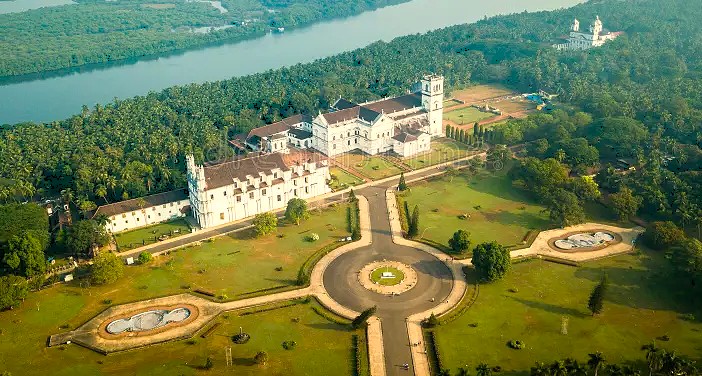
Old Goa India:Timeless Artifacts
The Basilica of Bom Jesus, completed in 1605, earned Unesco World Heritage status for its exceptional historical value . Within its walls rests the preserved body of St. Francis Xavier in an ornate silver casket crafted by Florentine sculptor Giovanni Battista Foggini in 1637. The Se Cathedral, Asia's largest church, features the Golden Bell, whose melodious tones carry across the ancient city. The Church of St. Francis of Assisi, built in 1661, contains original frescoes and intricate floral designs that blend Portuguese and Indian artistic elements.
Ancient Mosaics: Impeccable Craftsmanship
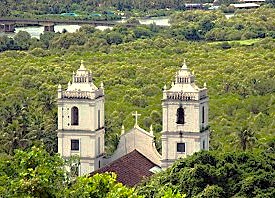
Master craftsmen João Artillero and Julio Simão supervised the Basilica of Bom Jesus construction project from 1594 through 1605. Their skilled team designed elaborate golden altars that feature complex decorative patterns still visible throughout the interior spaces. The stonework displays exceptional detail in columns that have lasted through centuries of tropical weather conditions. Construction extended for many decades between 1562 and 1619 with multiple artisans contributing their skills. Portuguese mosaic specialist Francisco Gomes created floor patterns using imported materials combined with local stones.
The Pulse of the Local Community
Old Goa India. The local inhabitants around Old Goa practice unique traditions that combine Christian ceremonies with Hindu cultural elements throughout the year. Families celebrate religious festivals through special meals that feature spices and cooking techniques from both cultural backgrounds. Music performances include instruments from European and Indian origins playing harmonious melodies during community gatherings. The colorful decorations seen at churches incorporate flower arrangements and artistic patterns similar to those in Hindu temples.
Capturing the Magic: A Photographic Haven

The massive facade of Se Cathedral creates striking photographs during golden hour when sunlight highlights the stone textures. Many people capture detailed shots of ornate altars inside Basilica of Bom Jesus where intricate gold work reflects available light. The lone tower at St. Augustine ruins provides dramatic silhouettes against blue skies or sunset backgrounds. Close-up images of weathered stone carvings show artistic details from centuries ago. Photography enthusiasts focus on architectural elements like arched doorways and windows throughout Old Goa churches.
A Culinary Journey: Savor the Flavour
Local specialties in Old Goa include Xacuti, a complex curry made with roasted spices and coconut, and Bebinca, a traditional layered dessert created by the nuns of Santa Monica Convent in the 16th century. The famous Vindalho, derived from the Portuguese "Vinha d'alhos," combines wine vinegar and garlic in a spicy preparation that exemplifies Indo-Portuguese fusion.
The Connection With the Gods
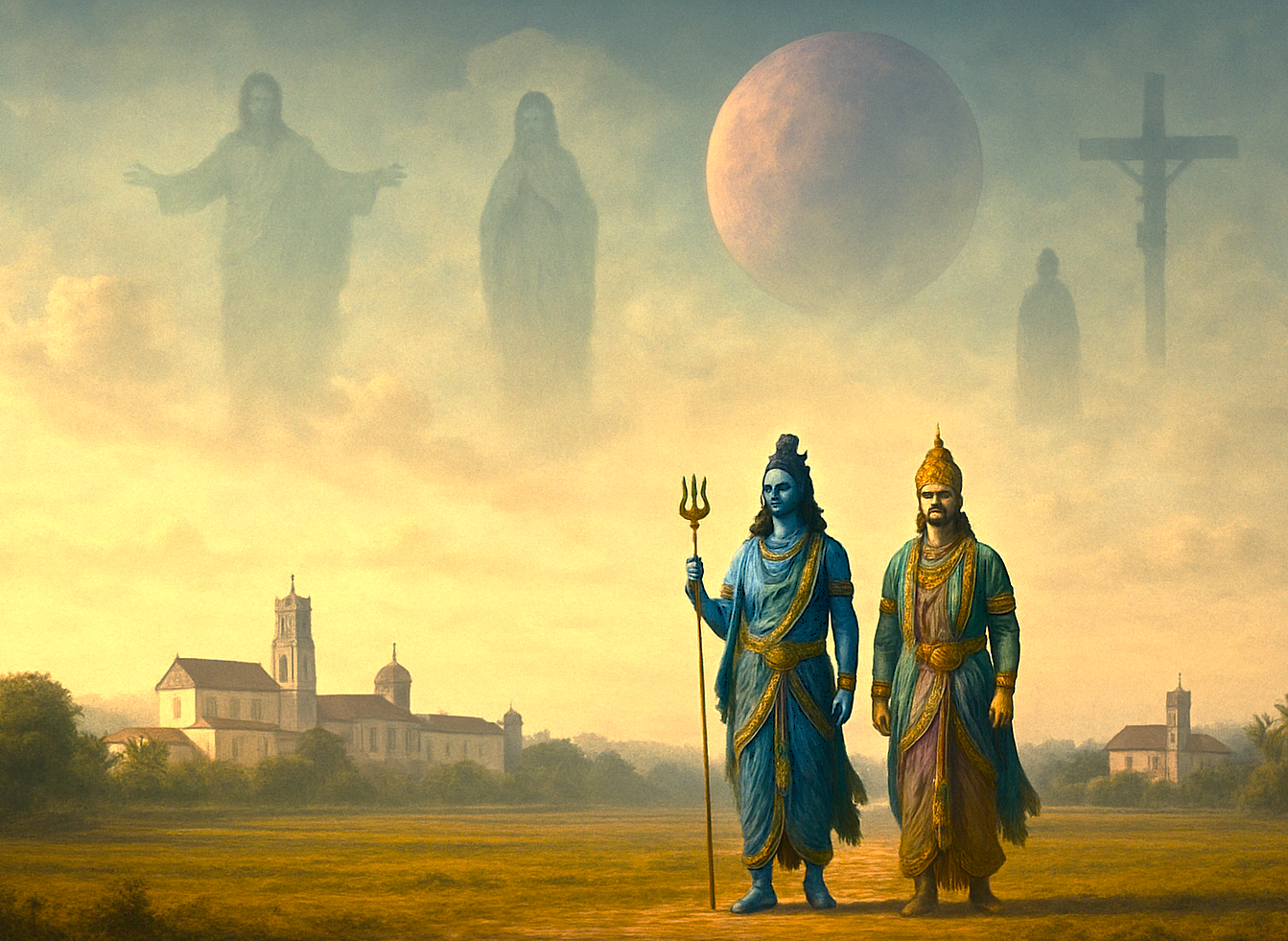
Before Portuguese colonization, Goa contained temples dedicated to Shiva and local deities across the landscape. Featuring distinctive architectural elements such as stepped water tanks and ornate stone carvings depicting Hindu mythology. Portuguese authorities later dismantled many temple structures while repurposing their foundation stones for building churches throughout the region. Several churches incorporated existing temple pillars and decorative elements into their new Christian designs. The Church of Our Lady of the Rosary stands where a temple to Goddess Samta once welcomed worshippers for centuries.
Ancient Technologies: Sacred Sound, Geometry & Astrological Influences
Old Goa India. The churches of Old Goa employ sophisticated acoustic principles. The Se Cathedral's Golden Bell resonates at 528 Hz, known as the Solfeggio frequency of transformation . The Basilica's design incorporates the Golden Ratio in its proportions, while its dome alignment follows ancient astronomical principles. The laterite stone used in construction naturally filters negative ions, creating a peaceful atmosphere.
Serendipitous Meetings: Beyond the Main Path

Hidden workshops reveal artisans crafting traditional filigree jewelry, a craft dating to the 16th century. We discover small family-run spice gardens maintaining centuries-old cultivation methods. The ancient quarters house traditional bakeries still using wood-fired ovens from the Portuguese era. These skilled jewelry makers create intricate gold and silver designs by hand using techniques passed through generations. Workshops welcome people to observe their detailed work process throughout the day. Spice garden owners grow cinnamon, cardamom, and black pepper using traditional organic farming practices.
Festivals of Devotion: Honouring the Sacred and the Divine
The Feast of St. Francis Xavier, held from November 24 to December 3rd annually, transforms the Basilica into a center of celebration . The exposition of the saint's relics, occurring every ten years, last held in 2024, draws millions of devotees. The Feast of Three Kings on January 6th recreates the journey of the Magi with elaborate processions.
Resilience and Renewal: Overcoming Adversity's Challenges
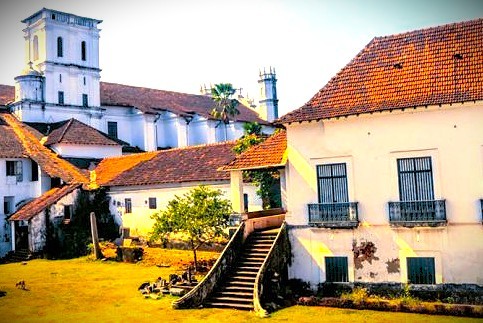
In 1570, a devastating plague swept through Old Goa killing thousands of residents within several months. The great flood of 1595 caused structural damage to many buildings including several churches and government structures. Dutch naval forces attacked the city during their 1603 siege, firing cannons at defensive walls and threatening Portuguese control of the region. Local communities worked together after each disaster to restore damaged areas while maintaining cultural traditions throughout reconstruction periods.
Urban Legends: Strange Sightings, Myths and Mysteries
Local tales speak of underground tunnels connecting the major churches, used during times of siege or attack. These passages allegedly stretch between Se Cathedral and Basilica of Bom Jesus with several hidden entrances. Stories persist of mysterious blue lights appearing around St. Francis Xavier's tomb during December feast celebrations. Several people have reported seeing these unusual glows early in the morning before sunrise. The ruins of St. Augustine's Tower supposedly emanate strange sounds resembling distant bells during full moon nights.
India: Discover Why The Cows Always Have Right of Way
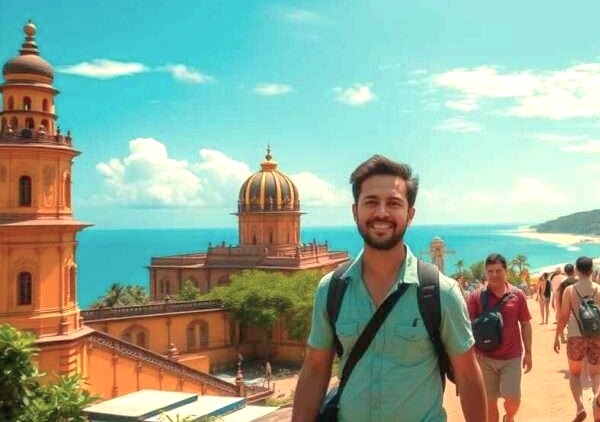
The morning light creates colorful patterns through the stained glass windows of Old Goa churches. These buildings contain artwork dating back several centuries with detailed religious scenes along corridor walls. Restaurants around Old Goa serve traditional dishes prepared according to recipes developed during colonial times with unique spice combinations. The pathways connecting landmarks follow routes once traveled by important religious figures and political leaders. Buildings reveal architectural details when viewed at different times of day as sunlight changes direction.
Symphony of Generosity: Offerings from Wanderers to Residents
Through respectful interaction with Old Goa's artisans and traders, we help preserve centuries-old crafts by purchasing traditional filigree jewelry, handcrafted items, and spice blends. Our appreciation and support of these skilled craftspeople ensures their ancient trades remain economically viable, keeping the authentic arts of Portuguese-era Goa thriving in today's world .